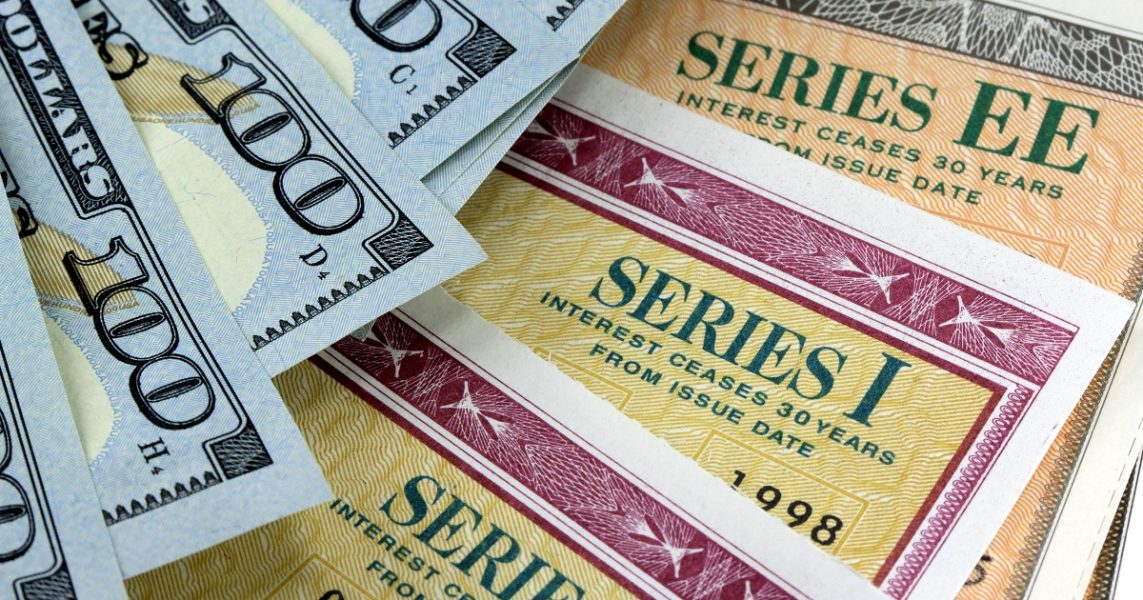Inflation Stinks. I-Bonds are a Silver Lining.

Inflation rose to 8.5% in March, a 40-year high. Everything is more expensive these days except for, amazingly, 99-cent AriZona iced tea. But that’s another story.
Inflation is the fall of our purchasing power over time. Purchasing power is always declining—some years more than others, but it is always going down.
At a 3% inflation rate, which hovers around the national average, the dollar loses half its value in 20 years. At the end of a 30-year retirement for two people, it would cost about $2.40 to buy what just one dollar bought the first year.
That’s at 3% inflation. We are at 8.5% inflation as of March.
Because we are optimists at Bodnar Financial, I’d like to point out a small silver lining as we ride out this inflationary storm: I-Bond yields are expected to rise above 9% in May.
Have you ever heard of a Treasury bond that approaches anywhere near the average annual return of the S&P 500 Index? Most people haven’t. Allow me to explain.
What are I-Bonds?
Series I Savings Bonds, or I-Bonds, are a savings bond that earns interest using a combination rate of a fixed rate and an inflation rate.
The fixed rate stays the same for the life of the bond and the inflation-based rate will change twice a year. This causes the total interest rate to change over time, but it will always be a positive value. You cannot lose money on an I-Bond.
I-Bonds are considered one of the safest possible investments because they are backed by the full faith and credit of the United States. Their purpose is to safeguard your money from inflation.
For I-Bonds issued through April 2022, the combined rate is 7.12%. This is going to change in May, when the total bond yield is expected to surpass 9% after adjusting for inflation.
Why is This Good News?
If you bought I-Bonds in April, you would have the 7.12% annual return for six months, likely followed by an expected 9.6% rate for another six months. That averages out to nearly 8.4%.
If you wait until May to purchase I-Bonds, you will lock in the anticipated 9.6% rate, followed by the next rate change in the fall. If I had a crystal ball to tell you what this rate change will be, I would.
But I can tell you this: If the rate is lower than 7.1% next fall, you would have been better off buying an I-Bond this month. If it’s higher, then you should have waited until May. Either way, that money is earning more interest than it would have in a savings account at the local bank.
How are I-Bonds Taxed?
The interest earned from I-Bonds is not taxed at the state or local level. Our friends in Washington will want a slice of the cheese (they always do), but spending the money on higher education may save you from having to pay federal tax on the interest.
These bonds will earn interest for 30 years if you let them. You can’t touch the money for a year, and if you cash them before five years, you lose the previous three months of interest.
How Many I-Bonds Can I Buy?
In a calendar year, you can acquire:
- Up to $10,000 in electronic I-Bonds in TreasuryDirect
- Up to $5,000 in paper I-Bonds using your federal income tax refund
That is $15,000 total, per Social Security number. If you are gifted an I-Bond, that counts toward your annual limit unless the bonds were inherited.
Purchasing I-Bonds is something I am personally considering for my own family. If you are thinking about it too, call the office and we can help you get started.


